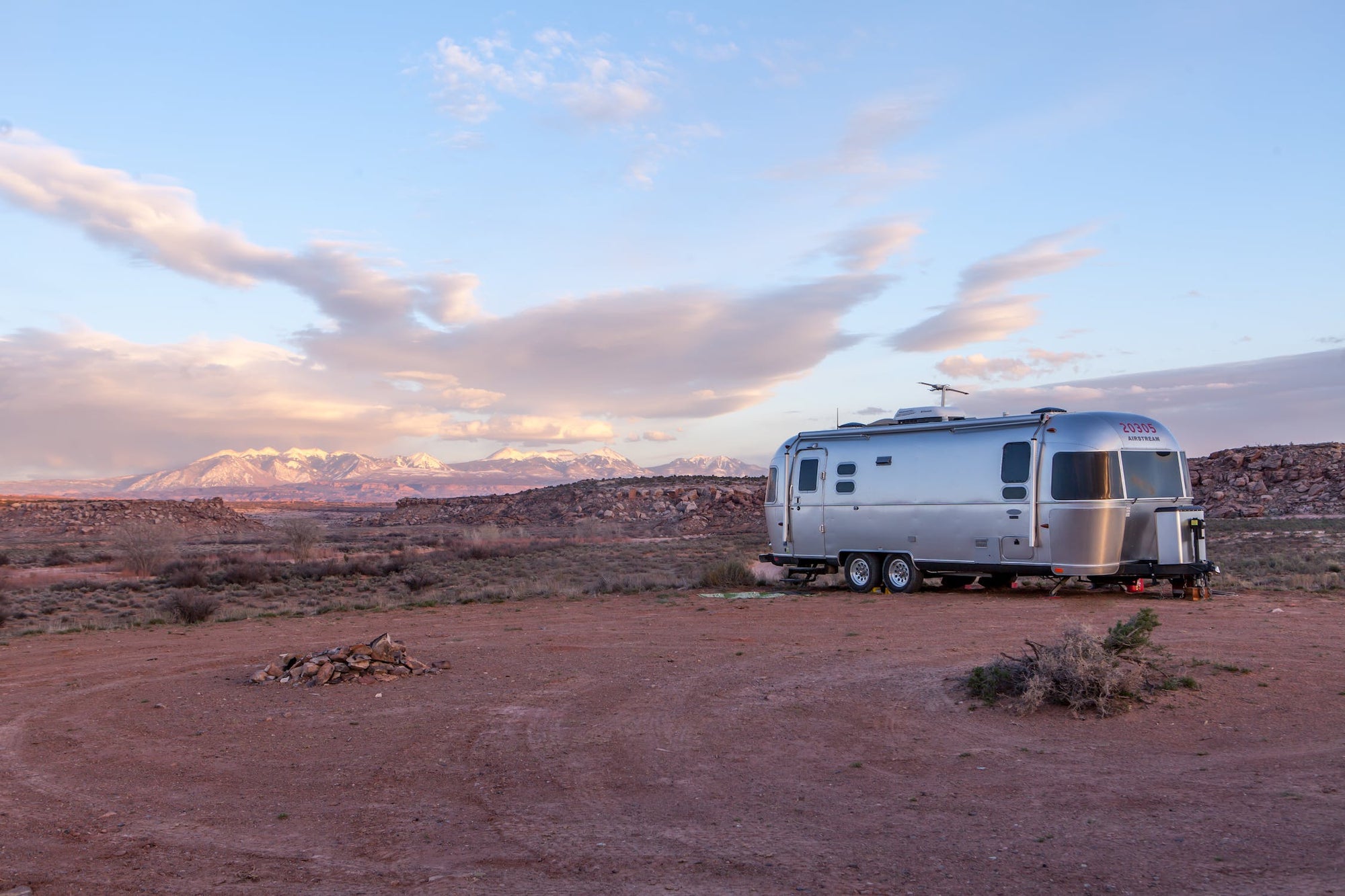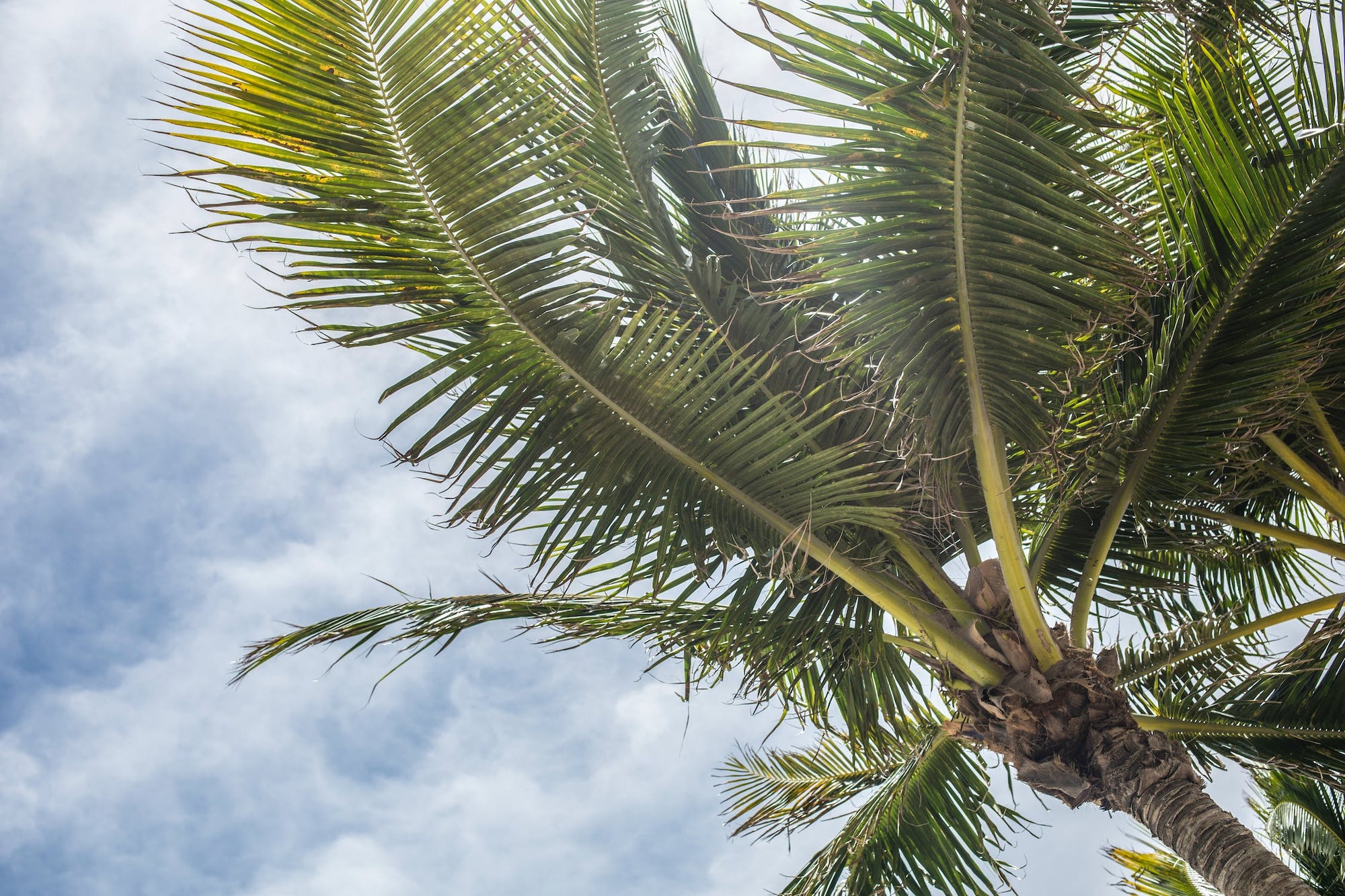Unveiling Grandeur: The Complete Guide to Camping at the Grand Canyon
Embarking on a camping adventure at the Grand Canyon is an opportunity to immerse yourself in one of the world's most iconic natural wonders. This comprehensive guide will navigate you through the intricacies of planning, preparing, and experiencing an unforgettable camping trip at the Grand Canyon, where towering cliffs and mesmerizing vistas await.
Introduction: The Majesty of the Grand Canyon
The Grand Canyon, a geological marvel carved by the Colorado River over millions of years, beckons adventurers and nature enthusiasts to explore its depths and heights. Camping here allows you to witness sunrise and sunset over its vast expanse, creating memories that will last a lifetime.
Choosing Your Campsite:
- Mather Campground: Located on the South Rim, Mather Campground offers a mix of tent and RV sites. Its proximity to the Visitor Center and Grand Canyon Village makes it a popular choice.
- Trailer Village: Also on the South Rim, this RV-exclusive campground provides full hookups for RVs and trailers.
- Desert View Campground: Situated on the South Rim's east end, this quieter campground offers a rustic experience and stunning canyon views.
Permits and Reservations: Essential Planning Steps
- Backcountry Permits: If you plan to camp below the rim or at designated backcountry sites, you'll need a backcountry camping permit. Apply well in advance through the National Park Service website.
- Camping Reservations: For front-country campgrounds, especially Mather Campground and Trailer Village, reservations are recommended and can be made through the National Recreation Reservation Service.
What to Pack: Essentials for a Grand Adventure
- Camping Gear: Choose a tent, sleeping bag, sleeping pad, and camping stove suitable for the season and conditions.
- Clothing: Pack layers to accommodate temperature fluctuations, including warm clothing for cooler evenings and mornings.
- Food and Water: Bring enough food for your stay, considering meals and snacks. Carry ample water, or utilize water stations available at the campgrounds.
- Personal Essentials: Include sunscreen, insect repellent, a first aid kit, and any medications you may need.
Navigating the Canyon: Trails and Adventures
- South Rim Trails: Explore the Bright Angel Trail and South Kaibab Trail, which offer stunning views and access to water stations. Remember that descending takes about twice as long as ascending.
- Rim-to-Rim Hike: An epic journey from one rim to the other requires careful planning and backcountry permits. It's an incredible challenge for experienced hikers.
- Havasu Falls: Accessible via a strenuous hike to the Havasupai Reservation, these iconic turquoise waterfalls reward intrepid travelers with a magical oasis.
Capturing the Moments: Photography Tips
- Golden Hours: Capture the Grand Canyon's magnificence during sunrise and sunset, when warm light bathes the landscape.
- Panoramic Views: Utilize wide-angle lenses to capture the vastness of the canyon. Look for unique vantage points to add depth to your shots.
- Wildlife Photography: Be patient and respectful when photographing wildlife. Use a telephoto lens to capture animals from a safe distance.
Safety and Etiquette: Respecting Nature's Grandeur
- Canyon Safety: Stay on designated trails, respect all posted signs and barriers, and avoid approaching the edge of cliffs.
- Wildlife Encounters: Keep your distance from animals and never feed them. Store food securely to prevent wildlife encounters at your campsite.
- Hydration and Sun Protection: The dry desert environment can be harsh. Stay hydrated, wear a wide-brimmed hat, and apply sunscreen regularly.
Evening Bliss: Campfire Moments and Stargazing
- Campfires: Some campgrounds offer campfire rings; check regulations before lighting a fire. Campfire stories and s'mores add to the camping experience.
- Stargazing: The Grand Canyon's remote location makes it an ideal spot for stargazing. Lay back and marvel at the constellations that adorn the night sky.



